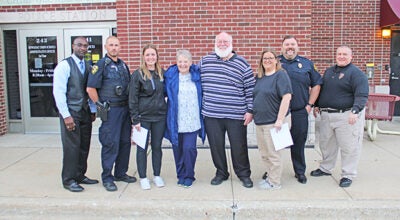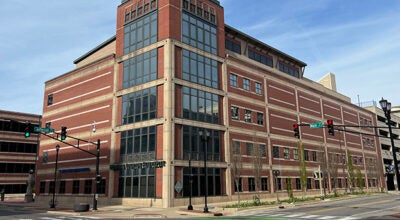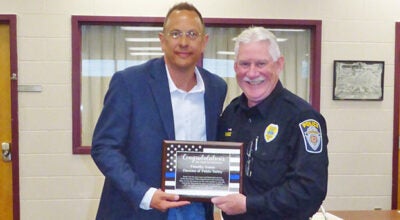DMS BalloonSats ready to launch
Published 7:12 pm Tuesday, March 27, 2012
During January and February, a dozen students at Dowagiac Middle School built three BalloonSats, which carry lightweight experiments into near space.
The three teams made up of seventh- and eighth-graders meet daily for approximately half an hour to assemble the flight computer, the sensor arrays for data collection and the actual payload box, carried by high-altitude balloons.
The “brains” behind the flight computer is a PICAXE 08M2 integrated circuit. Students not only learned how to solder through-hole components on to a circuit board, but also learned how to program the PICAXE integrated circuit using a basic programming language.
More than 30 hours was spent building the BalloonSats.
This weekend, the three BalloonSats will fly on a high-altitude balloon launched by L. Paul Verhage, a University of Kansas doctorial candidate.
Verhage is investigating whether participation in a BallonSat project-based learning activity increases student positive attitudes and interest in science more than not participating in the program.
Students will collect temperature humidity data as well as take hundreds of photos on this mission.
Once recovered, the BalloonSats will be returned to Dowagiac Middle School for students to analyze data.
Principal Matt Severin reported this year’s balloon project takes skills students learned in past projects and integrates them into a new design.
The programming is similar to work done by students last year, but uses a totally new foundation. The soldering was new to all of the students, and the analysis will be similar to work done in students’ math and science classes.
This is one example of enrichment offered at DMS during Success Time, a period of the day when students receive extra classroom support or explore various project-based activities.







